The Pyramids Postcards: Following the Policeman, 2018/2019
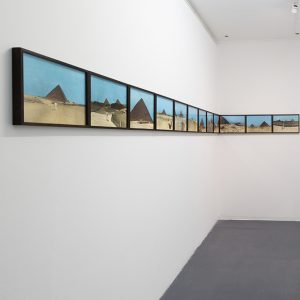
The Pyramids Postcards: Following the Policeman, 2018/2019, Instal view
KINGS Artist-Run gallery, photo by Chris Bowes
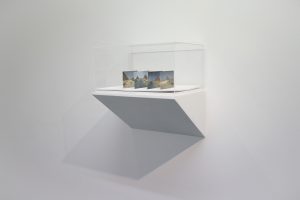
Delivered postcards, 2018/2019, Instal view
Hand-coloured Oil On Silver Gelatin Print, Silkscreen, Stamps, Text In An Acrylic Box
35 X 52 X 25cm
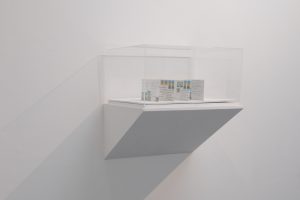
Delivered postcards, 2018/2019, Instal view
Hand-coloured Oil On Silver Gelatin Print, Silkscreen, Stamps, Text In An Acrylic Box
35 X 52 X 25cm
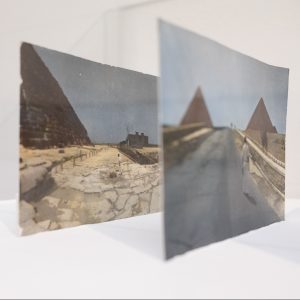
The Pyramids Postcards: Following the Policeman, 2018/2019, Instal view
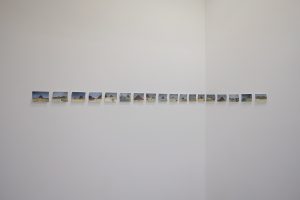
The Pyramids Postcards: Following the Policeman, 2018/2019, Instal view
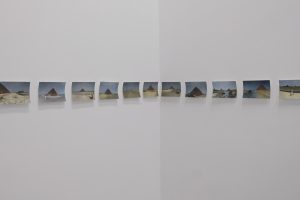
The Pyramids Postcards: Following the Policeman, 2018/2019, Instal view
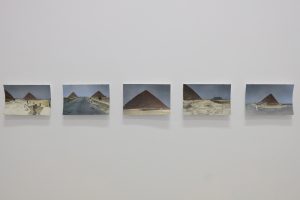
The Pyramids Postcards: Following the Policeman, 2018/2019, Instal view
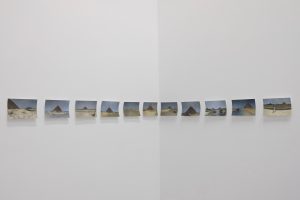
The Pyramids Postcards: Following the Policeman, 2018/2019, Instal view
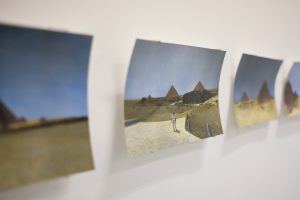
The Pyramids Postcards: Following the Policeman, 2018/2019, Instal view
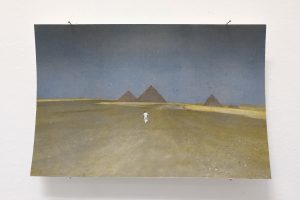
The Pyramids Postcards: Following the Policeman, 2018/2019, Instal view
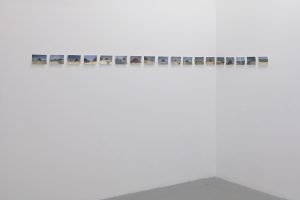
The Pyramids Postcards: Following the Policeman, 2018/2019, Instal view
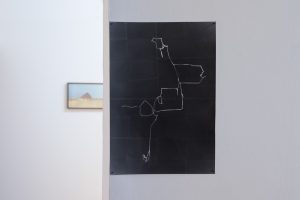
Map of the virtual path where Monem followed the policeman, 2018/2019
Silver Gelatin Photogram Print
27.5 X 40cm
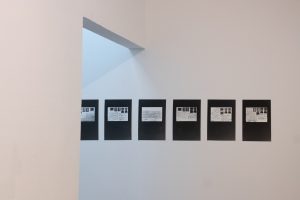
The Pyramids Postcards: Following the Policeman, 2018/2019, Instal view
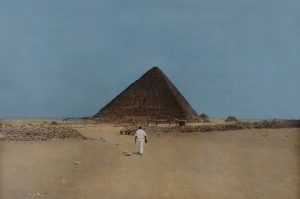
The Pyramids Postcards: Following the Policeman #1, 2018/2019 (Detail)
Hand-coloured oil on silver gelatin print, Tasmanian oak frame
29 x 41cm, edition of 5 + 1 AP
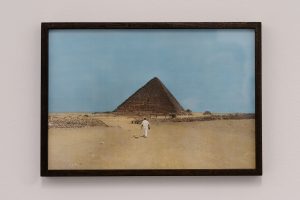
The Pyramids Postcards: Following the Policeman #1, 2018/2019
Hand-coloured oil on silver gelatin print, Tasmanian oak frame
29 x 41cm, edition of 5 + 1 AP
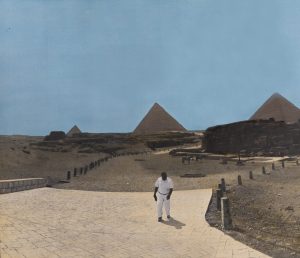
The Pyramids Postcards: Following the Policeman #2, 2018/2019 (Detail)
Hand-coloured oil on silver gelatin print, Tasmanian oak frame
29 x 41cm, edition of 5 + 1 AP
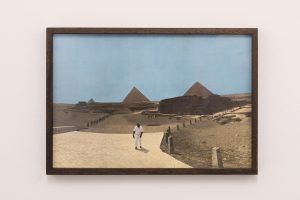
The Pyramids Postcards: Following the Policeman #2, 2018/2019
Hand-coloured oil on silver gelatin print, Tasmanian oak frame
29 x 41cm, edition of 5 + 1 AP
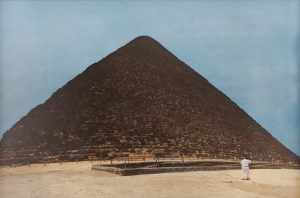
The Pyramids Postcards: Following the Policeman #3, 2018/2019 (Detail)
Hand-coloured oil on silver gelatin print, Tasmanian oak frame
29 x 41cm, edition of 5 + 1 AP
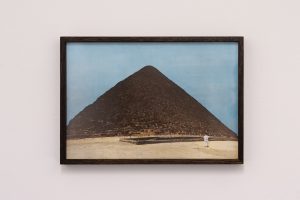
The Pyramids Postcards: Following the Policeman #3, 2018/2019
Hand-coloured oil on silver gelatin print, Tasmanian oak frame
29 x 41cm, edition of 5 + 1 AP
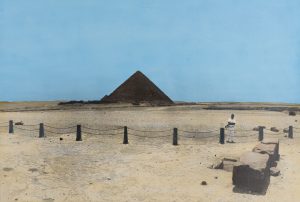
The Pyramids Postcards: Following the Policeman #4, 2018/2019 (Detail)
Hand-coloured oil on silver gelatin print, Tasmanian oak frame
29 x 41cm, edition of 5 + 1 AP
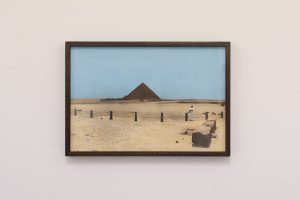
The Pyramids Postcards: Following the Policeman #4, 2018/2019
Hand-coloured oil on silver gelatin print, Tasmanian oak frame
29 x 41cm, edition of 5 + 1 AP
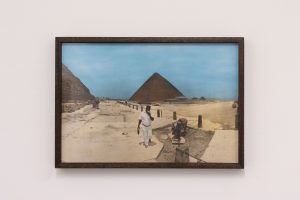
The Pyramids Postcards: Following the Policeman #5, 2018/2019
Hand-coloured oil on silver gelatin print, Tasmanian oak frame
29 x 41cm, edition of 5 + 1 AP
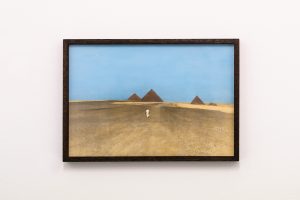
The Pyramids Postcards: Following the Policeman #6, 2018/2019
Hand-coloured oil on silver gelatin print, Tasmanian oak frame
29 x 41cm, edition of 5 + 1 AP
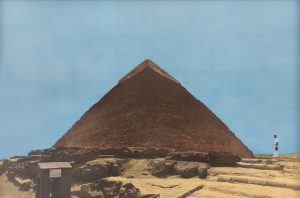
The Pyramids Postcards: Following the Policeman #7, 2018/2019 (Detail)
Hand-coloured oil on silver gelatin print, Tasmanian oak frame
29 x 41cm, edition of 5 + 1 AP
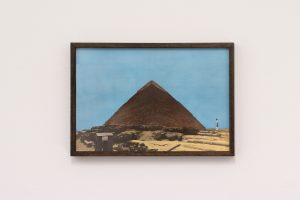
The Pyramids Postcards: Following the Policeman #7, 2018/2019
Hand-coloured oil on silver gelatin print, Tasmanian oak frame
29 x 41cm, edition of 5 + 1 AP
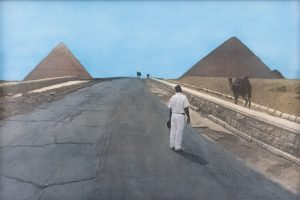
The Pyramids Postcards: Following the Policeman #8, 2018/2019 (Detail)
Hand-coloured oil on silver gelatin print, Tasmanian oak frame
29 x 41cm, edition of 5 + 1 AP
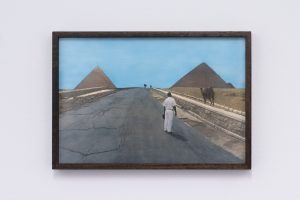
The Pyramids Postcards: Following the Policeman #8, 2018/2019
Hand-coloured oil on silver gelatin print, Tasmanian oak frame
29 X 41cm, edition of 5 + 1 AP
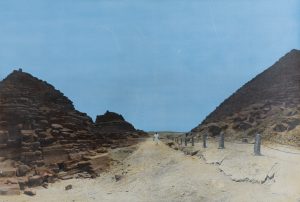
The Pyramids Postcards: Following the Policeman #9, 2018/2019 (Detail)
Hand-coloured oil on silver gelatin print, Tasmanian oak frame
29 x 41cm, edition of 5 + 1 AP
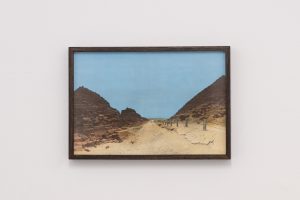
The Pyramids Postcards: Following the Policeman #9, 2018/2019
Hand-coloured oil on silver gelatin print, Tasmanian oak frame
29 x 41cm, edition of 5 + 1 AP
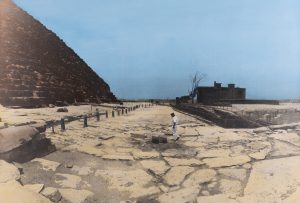
The Pyramids Postcards: Following the Policeman #10, 2018/2019 (Detail)
Hand-coloured oil on silver gelatin print, Tasmanian oak frame
29 x 41cm, edition of 5 + 1 AP
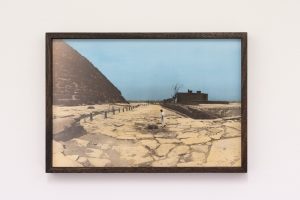
The Pyramids Postcards: Following the Policeman #10, 2018/2019
Hand-coloured oil on silver gelatin print, Tasmanian oak frame
29 x 41cm, edition of 5 + 1 AP
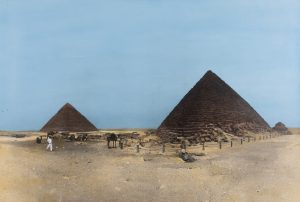
The Pyramids Postcards: Following the Policeman #11, 2018/2019 (Detail)
Hand-coloured oil on silver gelatin print, Tasmanian oak frame
29 x 41cm, edition of 5 + 1 AP
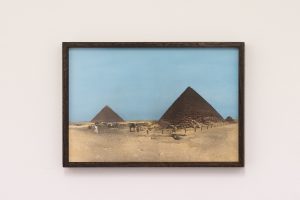
The Pyramids Postcards: Following the Policeman #11, 2018/2019
Hand-coloured oil on silver gelatin print, Tasmanian oak frame
29 x 41cm, edition of 5 + 1 AP
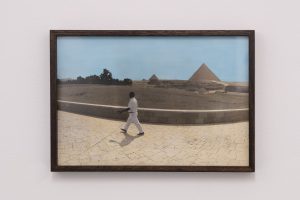
The Pyramids Postcards: Following the Policeman #12, 2018/2019
Hand-coloured oil on silver gelatin print, Tasmanian oak frame
29 x 41cm, edition of 5 + 1 AP
Ezz Monem
28 Sep - 19 Oct 2019
In 2014, Google unveiled Street View for a handful of historic locations in Egypt, including the Pyramids. A policeman accompanied the Google team as they photographed the area with the Google camera. As a result, whenever a user tours the Pyramids using Google Street View, they find a policeman accompanying them.
Monem collected images from this tour and edited them to remove every person from view, leaving the lone policeman as a representative of the authority. The dystopian snapshots inverted the habitual order in Egypt, where citizens are under constant, ubiquitous surveillance in public space and online. Instead, we followed the follower, watching the policeman in a kind of counter surveillance.
Monem turned these images into postcards and hand-delivered them to friends in Egypt. Printed manually on silver gelatin paper, then hand-colored with oil paints, the images allude to vintage postcards of the Pyramids. Monem asked those who received a postcard to write on the back about their relation to Egypt as home and authority, and to return the postcard without an envelope. Monem asked them to document the card before it was put in Egyptian post, which could intercept it because of its contents. And, because Australia prohibited the entrance of letters and postcards delivered by post from Egypt, returns were redirected to Berlin.
The installation included enlarged hand-colored prints of the original postcards and a map of the virtual Pyramids tour, along with the four postcards that successfully traversed the circuitous postal route. Since many others vanished along the way, Monem included
reproductions of the postcard writers’ scans of their messages. Each of the images were printed using the same darkroom process.
Photography by Chris Bowes
